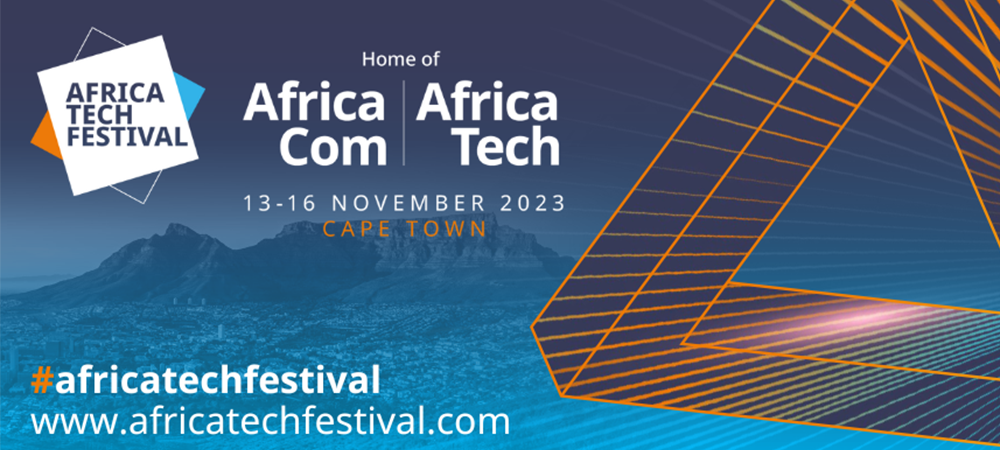Applications are core to today’s successful Digital Transformation efforts. Ed Hoppitt, EMEA Director – Modern Apps and Cloud-native Platforms, VMware, explains how companies can minimise the complexity of application and infrastructure management to free up time and customers’ time to focus on what matters.
Applications have taken centre stage. They’re core to today’s successful Digital Transformation efforts, enabling enterprises to deliver essential, personalised digital experiences to their customers to generate new revenue streams.
That’s why we’re seeing businesses invest so heavily in modernising their applications, and that’s why VMware recently introduced its newly expanded VMware Tanzu portfolio to help businesses build, run and manage modern apps. This is about helping accelerate the pace of innovation; giving developers the freedom to deliver apps over any cloud, removing the operational challenges in deploying these new platforms like Kubernetes and helping IT transform their skills in support of a new wave of modern apps.
What this also provides is a huge opportunity for partners wanting to step up and help their customers start to transform how they deliver benefits to the market, in terms of productivity, agility and accelerated innovation. In short, this is the latest advance in helping organisations realise the benefits of true Digital Transformation.
Firstly, at VMware, we recognise the need to make it easy for partners themselves. Historically, running and managing an entire modern application portfolio has not been easy to do, but the simpler we can make it for partners to consume the likes of Kubernetes – on a platform they know and love, like VMware vSphere – the simpler it will be for them to go to their customers and offer differentiated value. Think of it as industrialising the modern apps function within the partner organisation itself; providing a platform that can be standardised at scale, to free partners up to focus on fixing the higher value problems their customers have – namely, what they should run, where and why.
Secondly, this enables our partners to go to their customers with a differentiated, competitive proposition regarding time to value. The expanded VMware Tanzu portfolio for modern applications, VMware Cloud Foundation 4 with Tanzu and VMware vSphere 7, together, offer the most complete Kubernetes story out there – enabling businesses to automate the modern app lifecycle, run Kubernetes across clouds and unify and optimise multi-cloud operations. The way that businesses are going to realise the value of this, is by engaging partners that can bring this technology to bear in their organisation, at speed.
These partners are in the position to help their customers truly engage with the concept of one platform to build, run and manage ‘all of the things’. They can be the party bringing together the on-premises elements, the three Kubernetes stacks that have been constructed within different silos of IT, whatever the ask may be – allowing the customer to focus on what adds value to their business; those crucial apps and services that run on top of the platform.
Unpacking this build element further, platforms like Tanzu Application Service built on top of VMware Cloud Foundation 4 helps to bridge the gap between developers and IT-enabling developers to rapidly build and update apps while providing IT operations with control and enhanced security
From a run perspective, it’s about giving organisations the ability to run the most pioneering tech – from cloud-native apps to containers to Kubernetes – with ease, using the tools, processes and people that they already know and trust. Kubernetes was both exciting and slightly intimidating 12 months ago; now it’s a core function of vSphere.
That should be significant in itself to our partners – vSphere supports critical national infrastructure, runs health services, it helps keeps borders safe. It’s had just two revisions in 20 years – it’s not tampered with unless there’s a reason. In a market that’s moving incredibly fast, we took the opportunity with this release of vSphere because we felt it was the right time – as Kubernetes goes mainstream and businesses want it at scale – to build that functionality as a feature into the hypervisor, rather than a complex stack that sits on top. It’s the commoditisation of Kubernetes and for those partners that adapt quickly, there’s opportunity to offer real value regarding what can be built on top of this and what Kubernetes can really be used for.
The manage element kicks in almost immediately, since the first apps businesses build will likely be a hybrid. They’ll review their app portfolio and identify those that are really valuable to them. For a pharmaceuticals company that could be the software for rapid drug analysis that gives it its competitive advantage. For an airline, it could be the revenue management system. Regardless, the business will take that bit of the app that’s most vital and modernise it. But, crucially, this still has to talk to everything else – if you can’t manage the new with the old, then you’re in trouble. That enhanced revenue management system still needs to talk to the ticketing system or the baggage handling system. The customer experience – what this is ultimately all about – now sits between this new and old, when everything works together as one. One platform to build, run and manage ‘all the things’ is the most effective way to excel at this – with radically simplified and intelligent management, governance and intrinsic security at its digital heart.
It’s an incredibly exciting time for our industry and partner ecosystem; the opportunity is there for partner organisations to respond to. To best capitalise on this, the areas of focus should be threefold;
- Help businesses accelerate their development cycle and transform the way they build software
- Radically improve the way businesses deploy modern app platforms, allowing them to focus attention on how they build software (rather than the platform itself)
- Focus on delivering that differentiated end customer experience – which is about managing everything as one
Ultimately, this is about reducing the complexity of application and infrastructure management to free up your time and your customers’ time to focus on what matters, which is transforming how they build software to bring new features and functionality to market faster than ever before.







